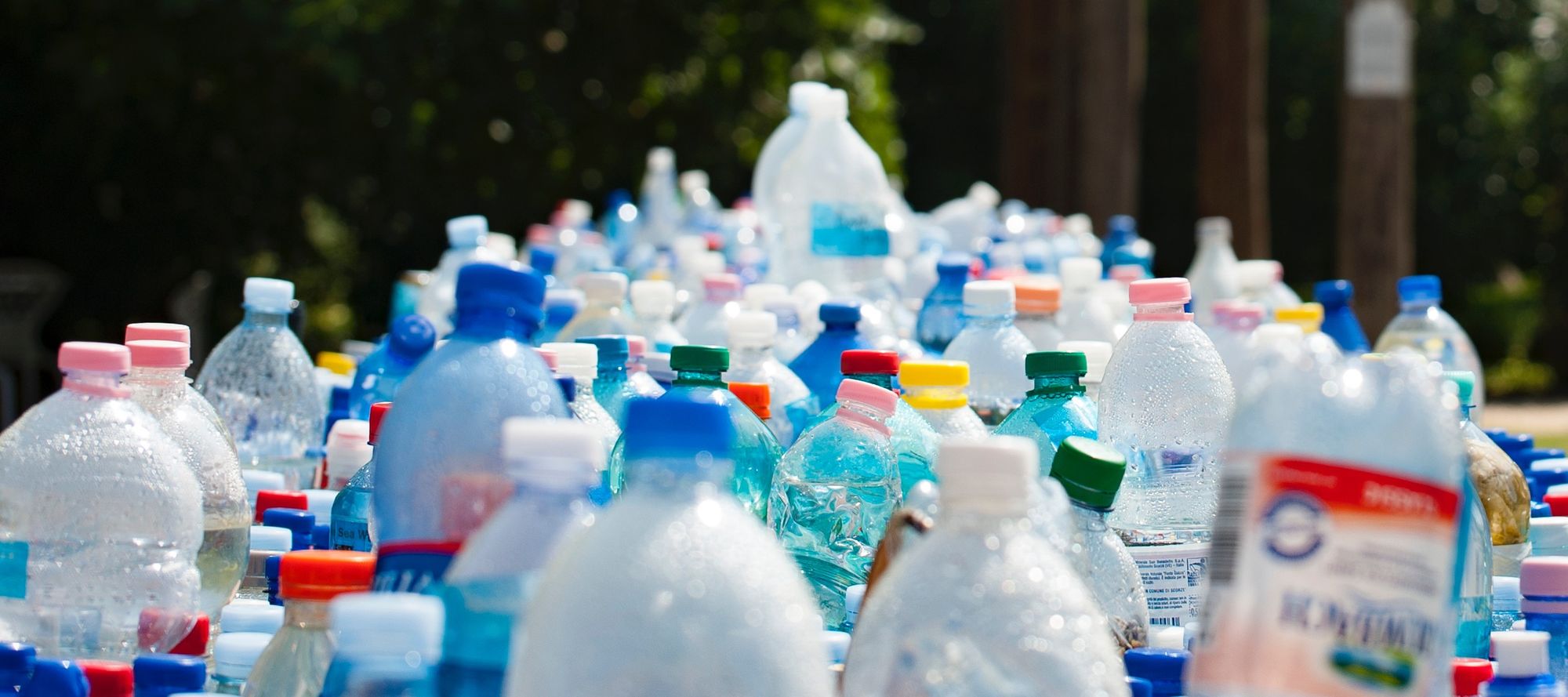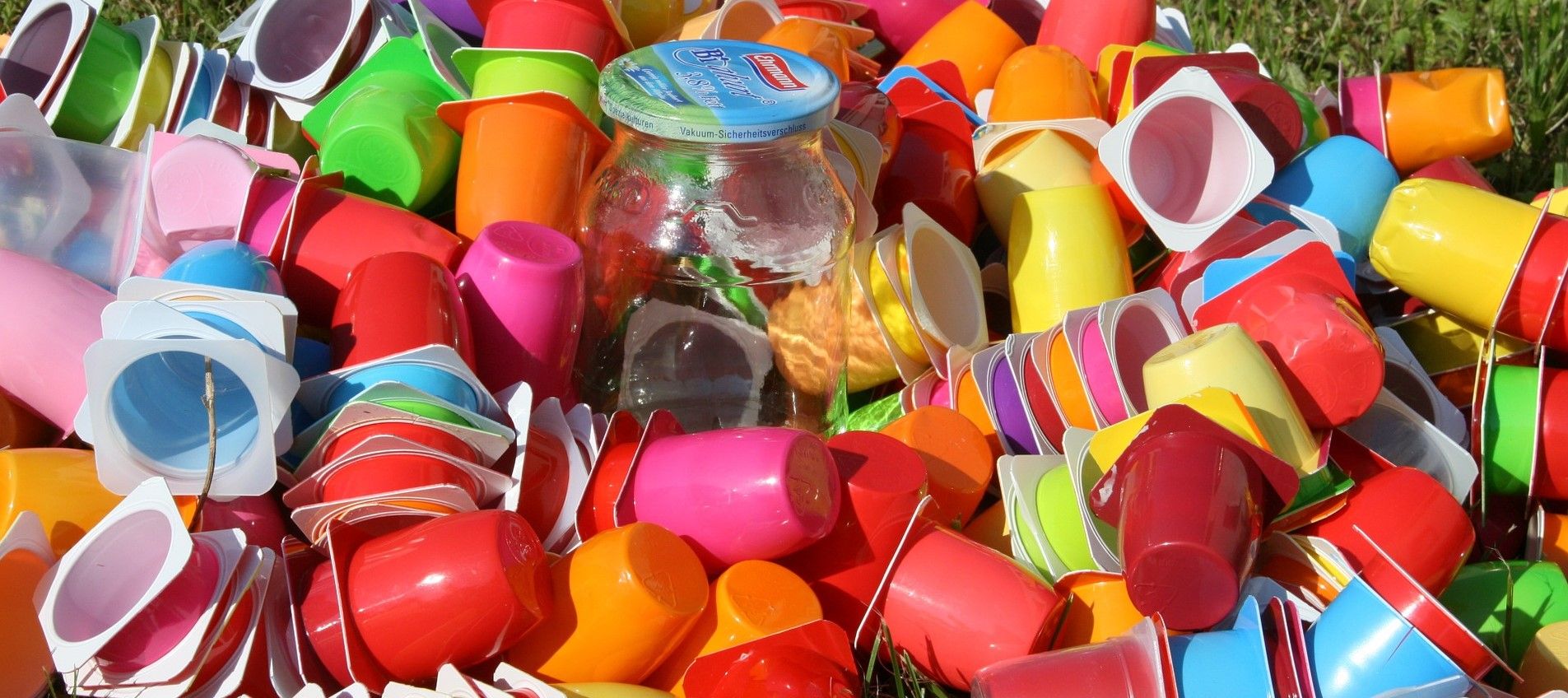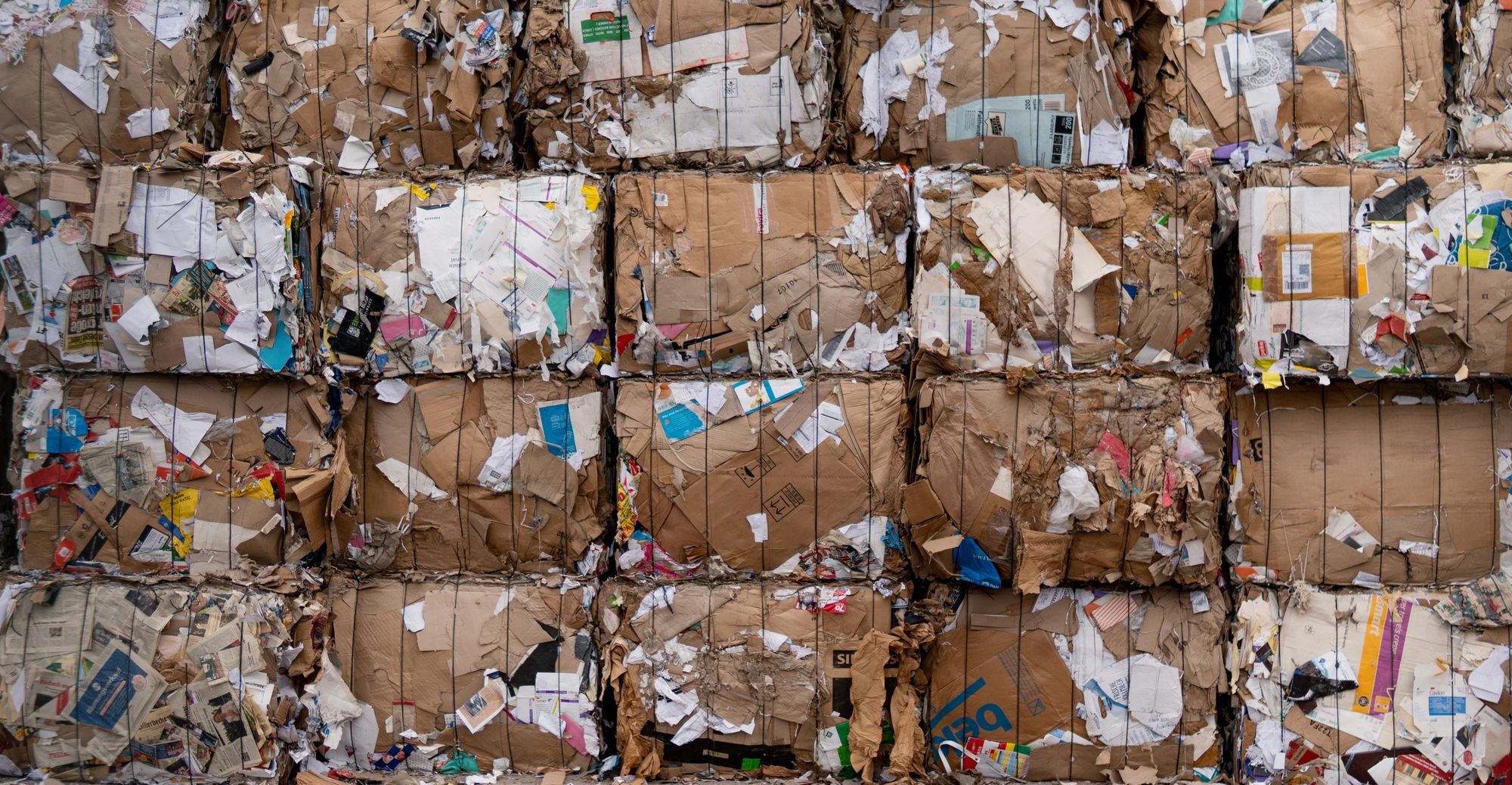The plastic recycling sector has been badly hit by the coronavirus. The ‘stay-at-home’ orders have slowed down the amount of plastic being returned to collection centres, while local councils have reduced or even halted collections and recycling processes as they focus on tackling the disease.
But even without the economic lockdown and social distancing changing how people work, live, and recycle plastics, the industry is already under major pressure.
If more extensive plastic recycling is to happen then the industry must successfully overcome these main issues:
1. Many regions have little or no waste stream management.
2. The plastics’ supply chain is fragmented, with many different types of plastic and varied blends, virgin resins, recycled product, bioplastic, and even compostable plastic all mixed together.
3. Uncertainty over regulation changes have lowered incentives to invest in plastic recycling. Plastic bag bans and talk of carbon taxes are implented piecemeal, without a firm commitment to promote recycling and punish virgin plastic producers and consumers.
The result is that only a small amount of plastic is recycled.
As a recent OECD report notes, “Despite recent efforts, plastic recycling continues to be an economically marginal activity. Current recycling rates are thought to be 14 - 18% at the global level. The remainder of plastic waste is either incinerated (24%), or disposed of in landfill or the natural environment (58 - 62%). Plastics recycling rates are substantially lower than those for other widely used materials. Recycling rates for major industrial metals – steel, aluminium, copper, etc. – and paper are thought to exceed 50%.”

The reason the recycling rates are so low, is simple economics, with a recent study by industry consultants at McKinsey & Sons finding that much of the industry is not sufficiently profitable to encourage investment.
In its analysis, Plastics Recycling: Using an Economic Feasibility Lens to Select the Next Move, the McKinsey team found that, “If we add in capital costs as well as operating costs, our analysis shows that, at an oil price of $60 per barrel, only a limited number of plastics-recycling opportunities are currently value creating in themselves. We define ‘value-creating opportunities’ as those that provide a positive return on the capital invested in all three elements (collection, handling, and processing) at a level sufficient to satisfy what private investors typically seek. These kinds of value-creating initiatives account for only around 20 percent of volumes.”
However, even with a relatively high value placed on oil, other sectors of the plastic industry still remain unappetising for business.
“The majority of plastics-recycling activities are in the middle, where recovery and reuse generate positive earnings before interest, taxes, depreciation, and amortization but do not create value. This category accounts for around 50 percent of cases. Investors are in effect showing good sense by not investing yet in these plastics-recycling initiatives.”
While adding that, “The final category—around 30 percent of volumes—consists of a range of resins and applications that do not offer attractive economics for recycling or reuse under most market conditions.”

Yet despite such low rate of recycling and a plastic pollution problem, consumer demand for plastic products remains high. According to the McKinsey & Sons report the plastics industry has grown by an average of 6% per year since 1965.
To improve its dreadful environmental image, the industry could simply double its efforts to increase recycling rates. But this is where the pandemic lockdown has created the greatest challenge. Because crucially, the impending economic recession has plummeted oil prices, making virgin plastic a much cheaper option and recycling financially less attractive.
As Rob Stier, an analyst at S&P Global Platts, notes, “Securing a reliable supply of recycled plastics at a fair price will be challenging as the petrochemical industry heads into a period of low prices.” Adding that, “Price transparency will be more important than ever to monitor the availability and quality of recycled materials.”
In response, plastic producers are remaining focused on the need to improve the depth and range of recycling.
For example, in late April 2020, the American Chemistry Council announced that it had changed the name of the Chemical Recycling Alliance to the Advanced Recycling Alliance for Plastics (ARAP), in order to, “reflect its growing membership and variety of members’ advanced recycling technologies.”
Adding that, “Advanced plastics recycling and recovery technologies can create a wide range of products from post-use, recovered plastics, such as plastic and chemical feedstocks, transportation fuels, and crude oil.”
But while it is certain that the ACC has the best interests of the plastics industry and recyclers at heart, the statement’s reference to crude oil shows what is key to the issue of plastic recycling.

The McKinsey analysis shows why plastic recycling rates are so low when oil is $60 a barrel. Yet, at time of writing (and thanks to the pandemic lockdown) Brent crude costs $36 a barrel.
The coronavirus pandemic may have drastically altered people’s living habits and plastic usage, and governments may have redirected time and money away from recycling to manage the crisis, but the true catastrophe for plastic recycling is that the virus has crashed the oil market and consequently lowered the cost of virgin plastic.
Unless there is a recovery soon, COVID-19 may end up killing much of the plastic recycling sector.
To find out more about how the coronavirus is damaging the plastic recycling sector, read: How the Coronavirus Pandemic is Changing the Plastic Recycling Sector
Photo credit: Magda Ehlers from Pexels, Hans Braxmeier from Pixabay, meineresterampe from Pixabay, EKM-Mittelsachsen from Pixabay & Alex Fu from Pexels